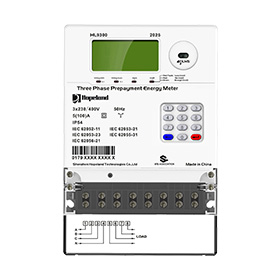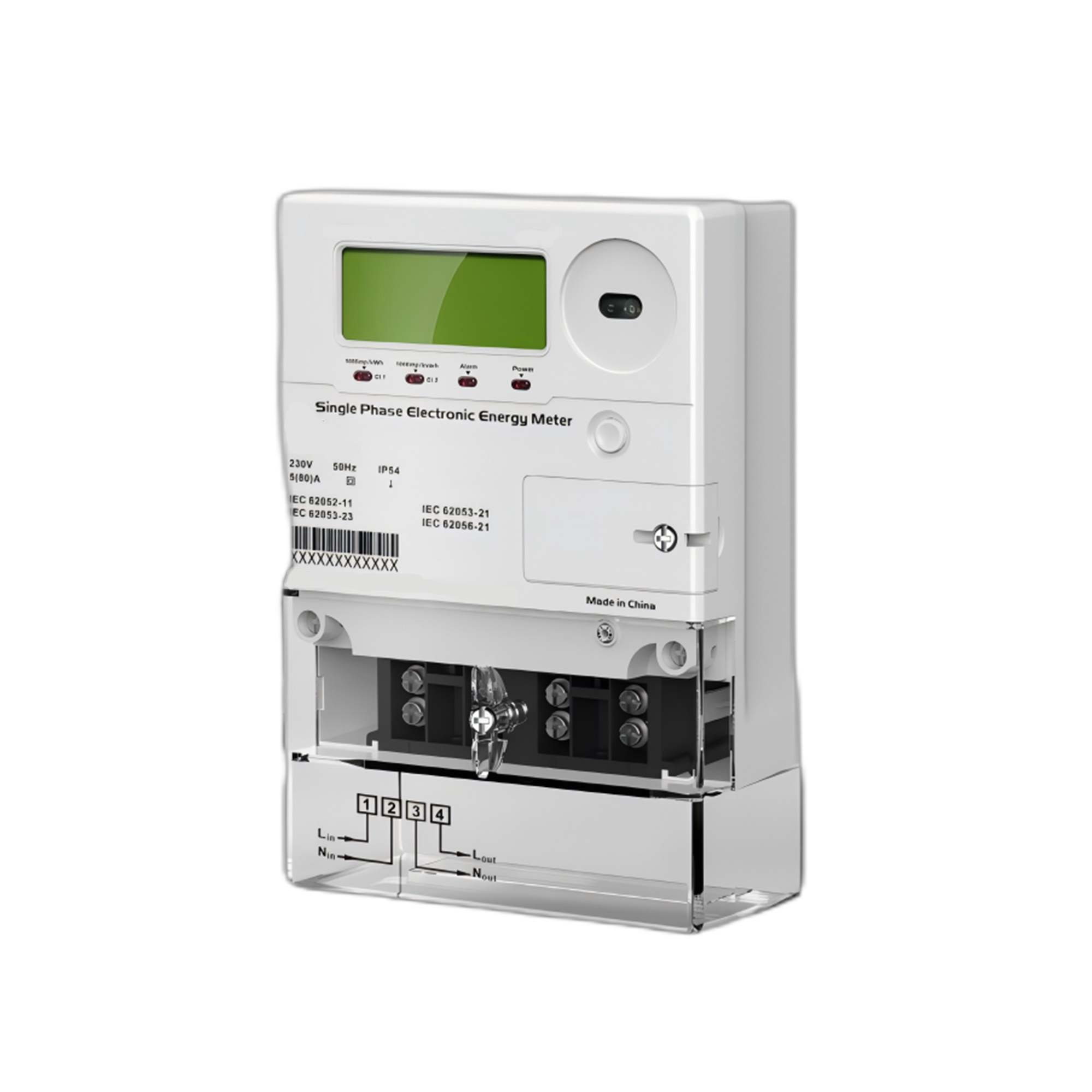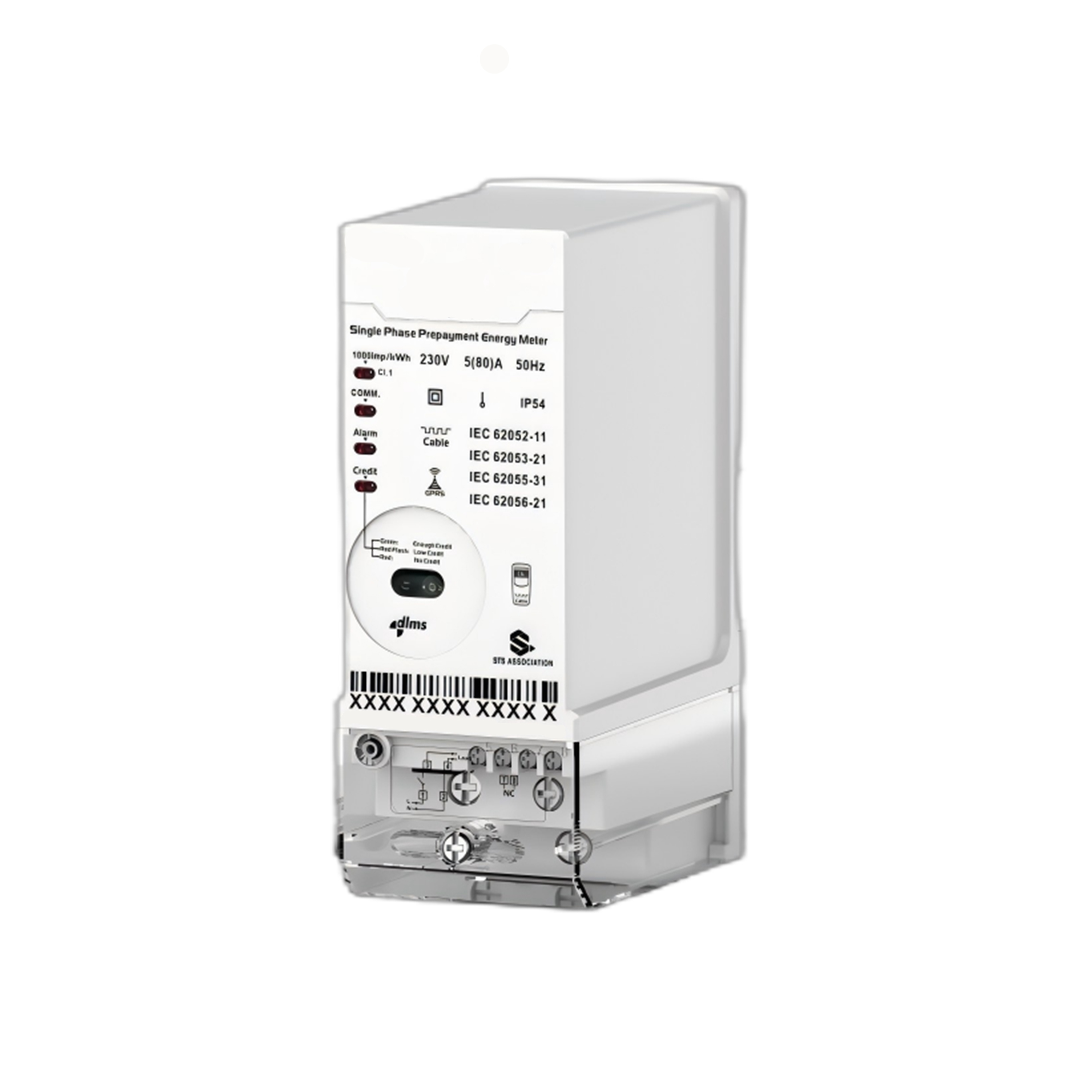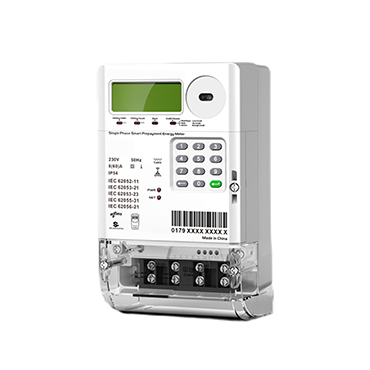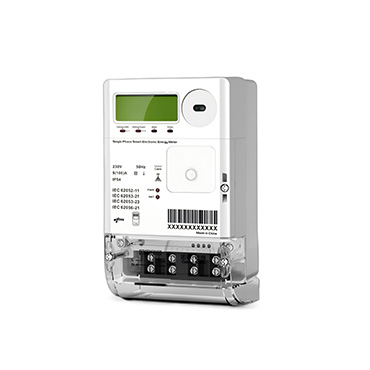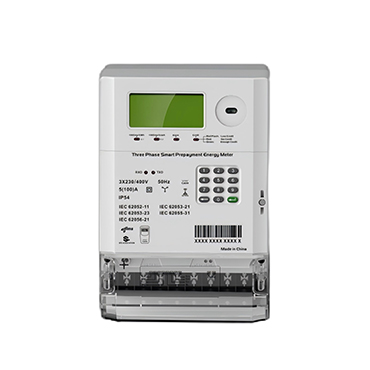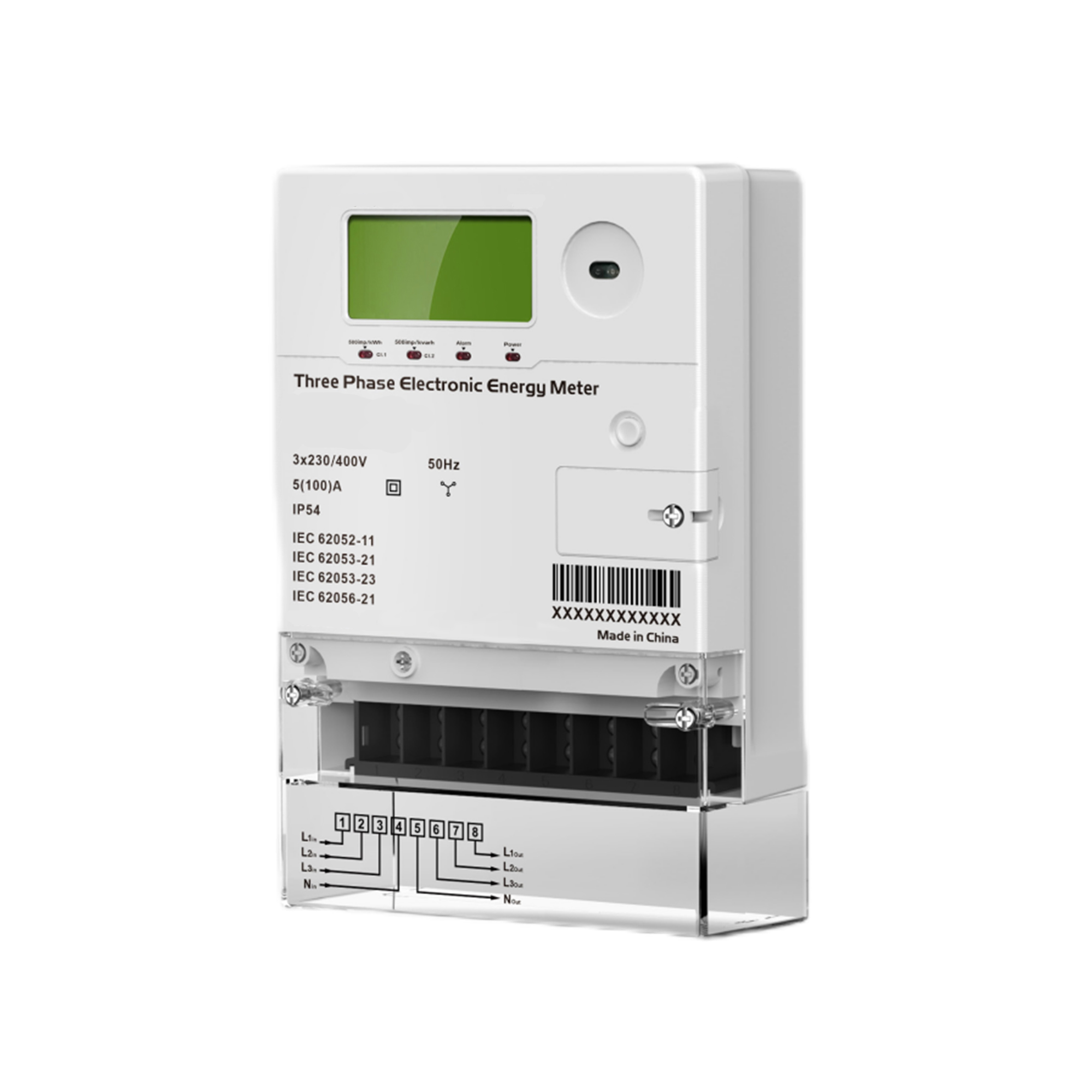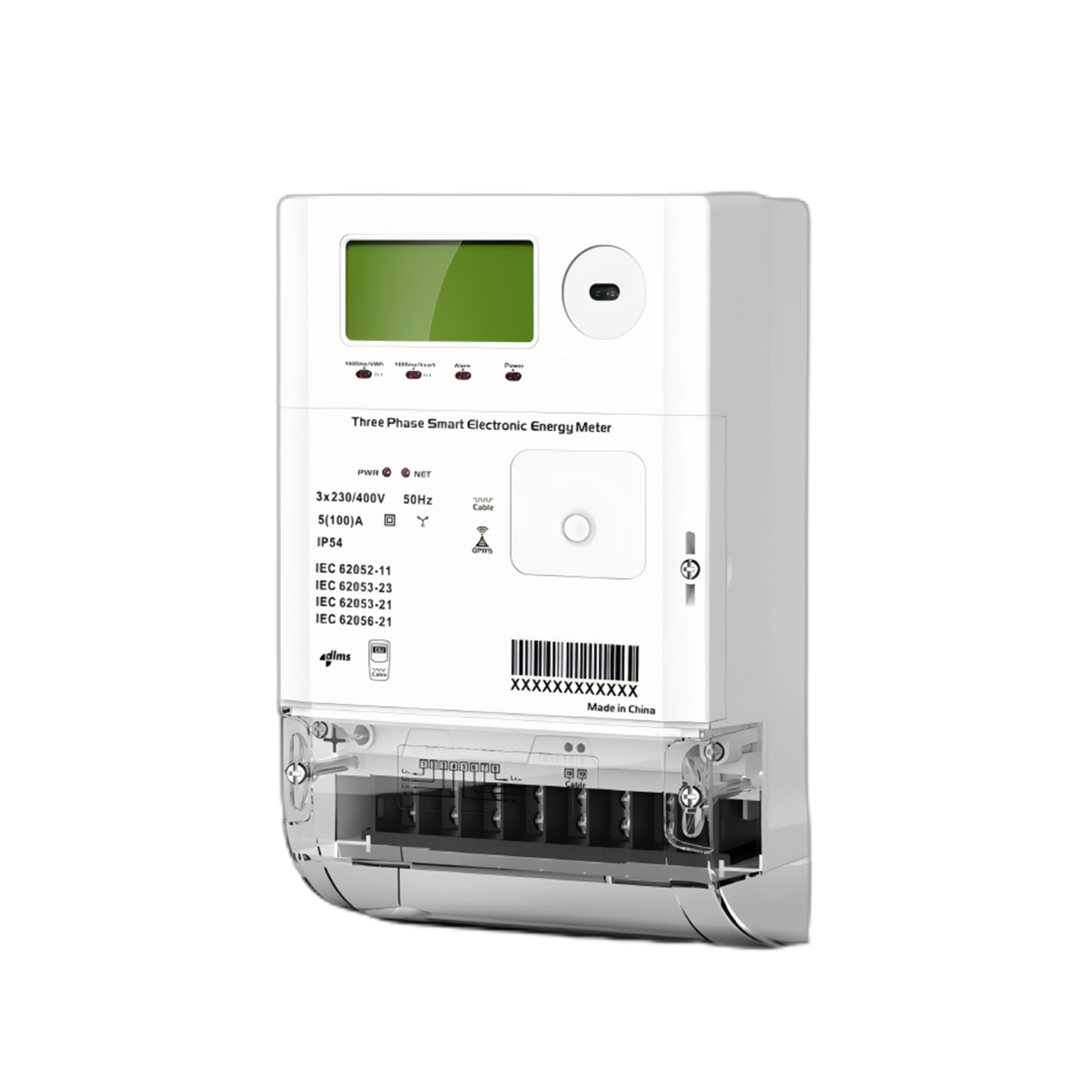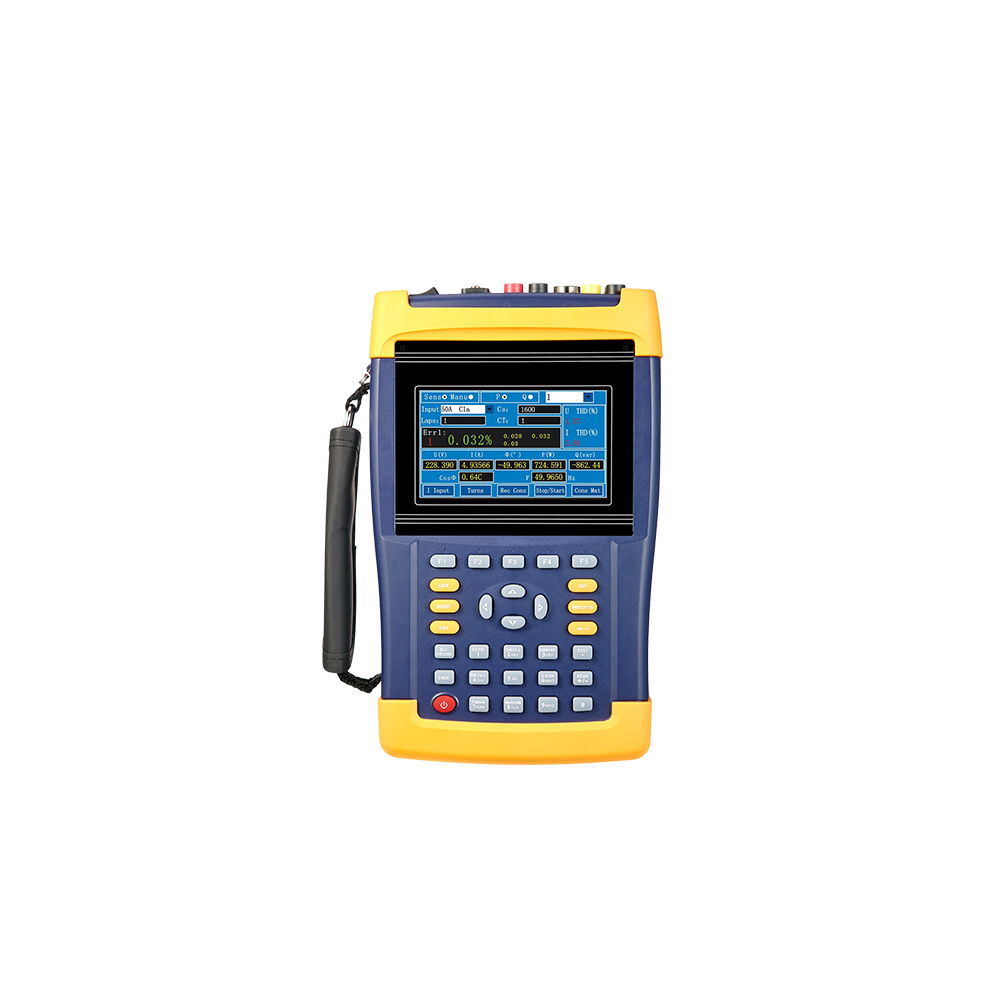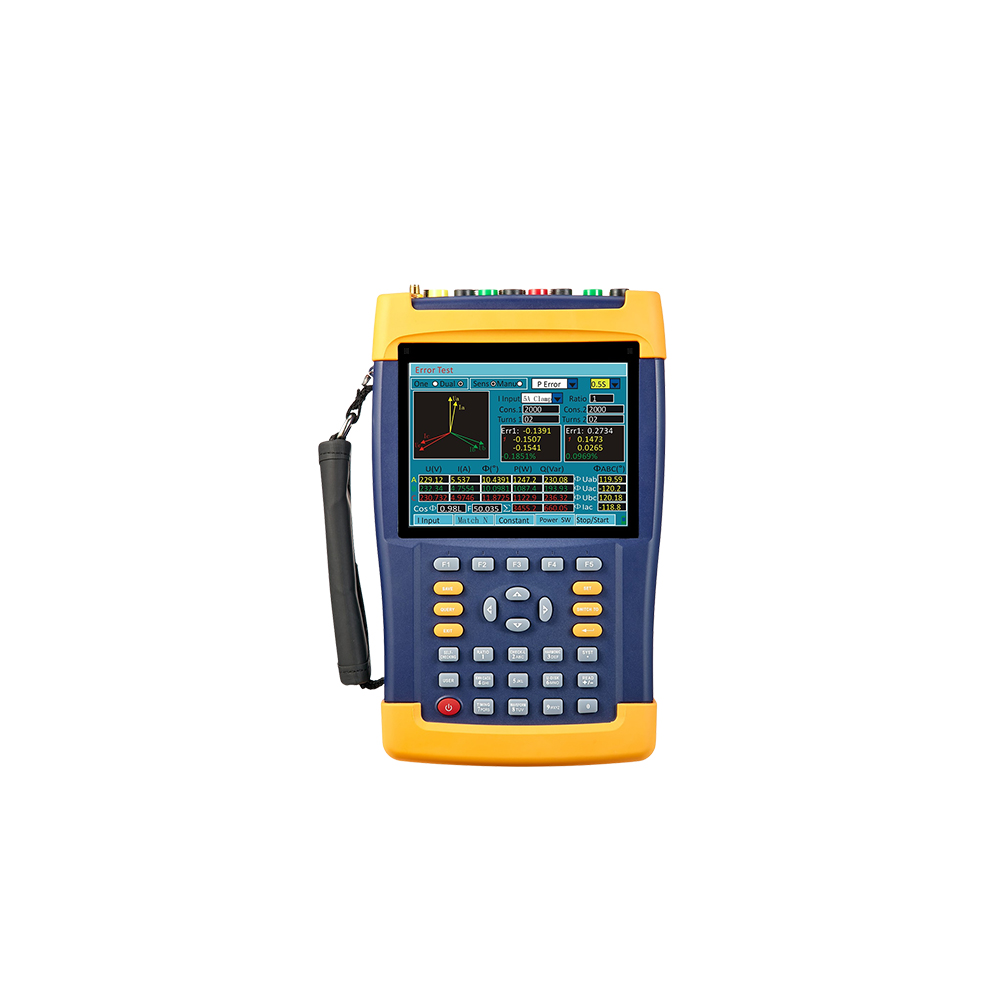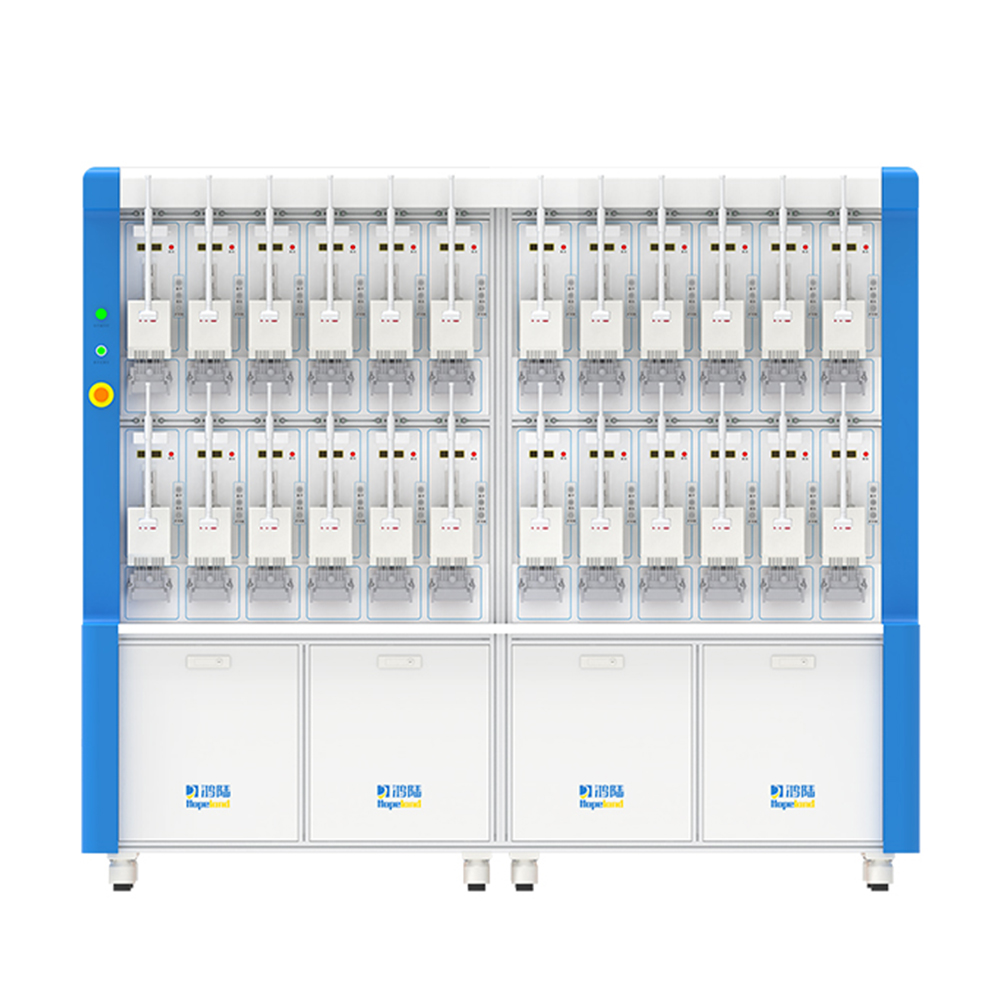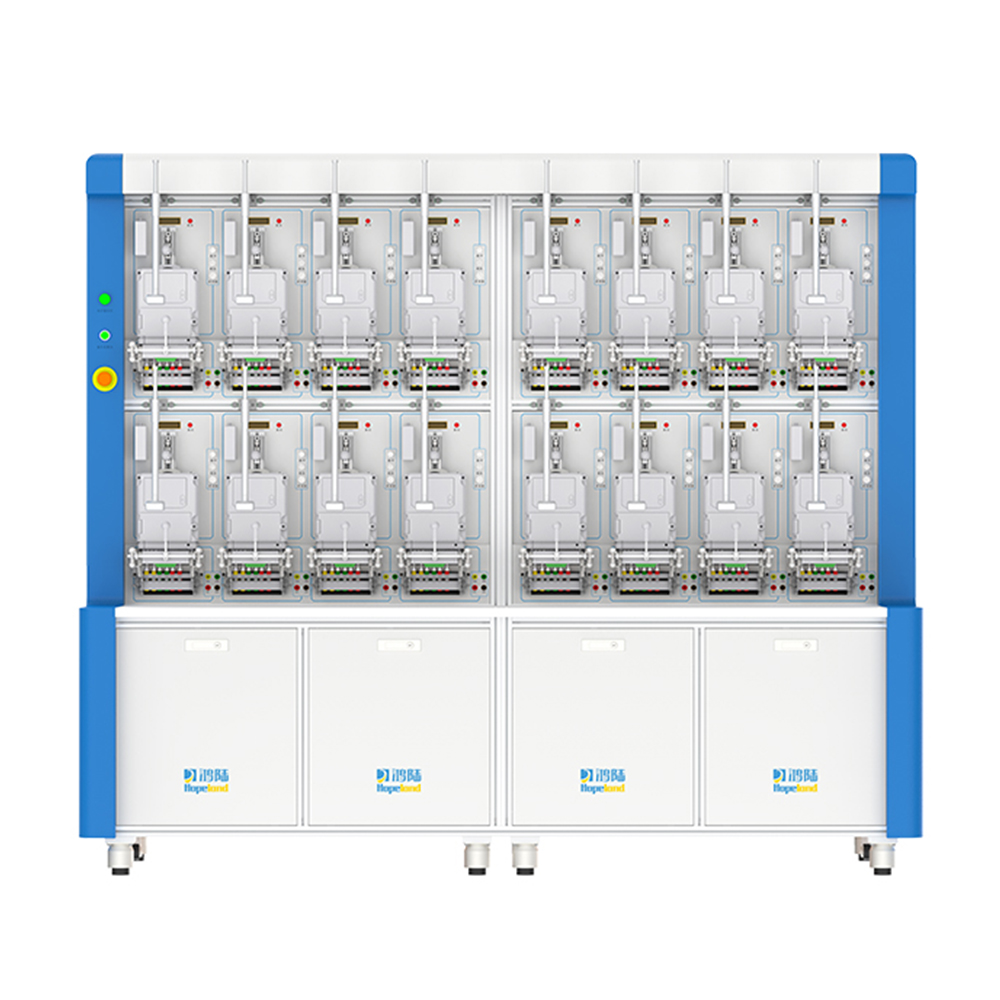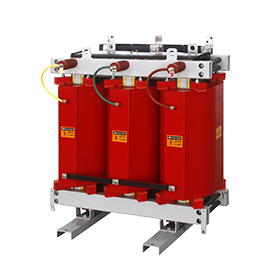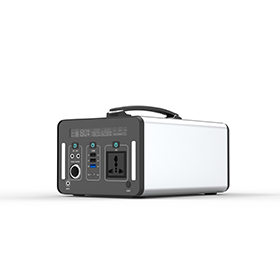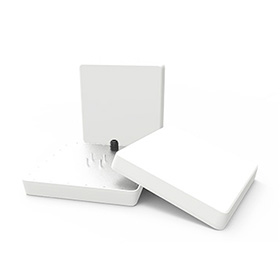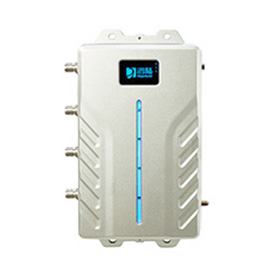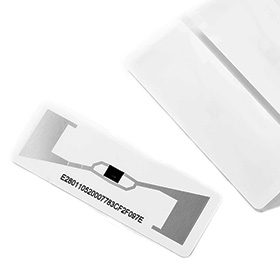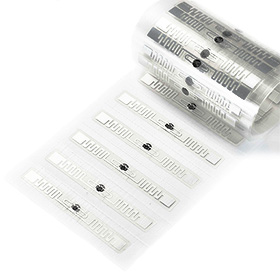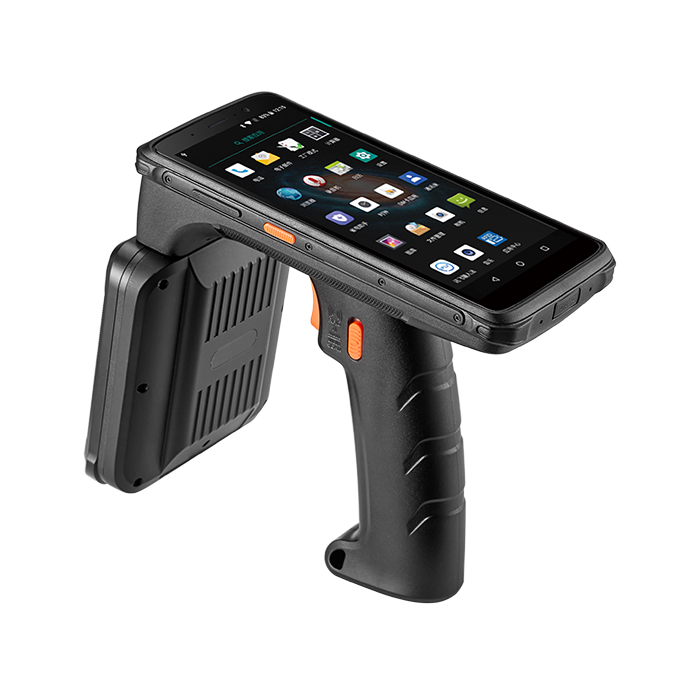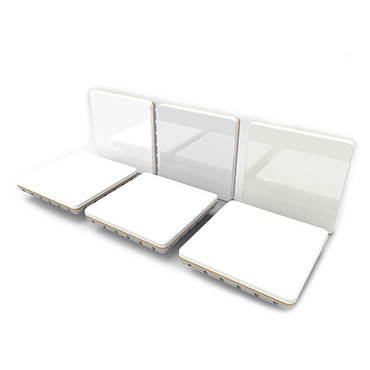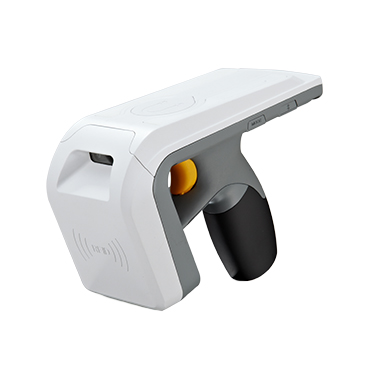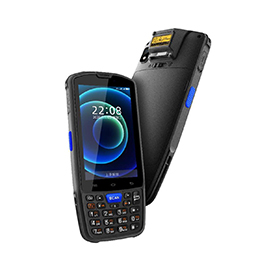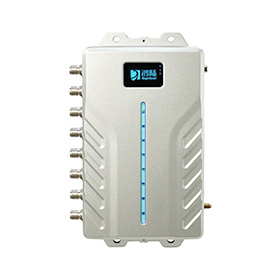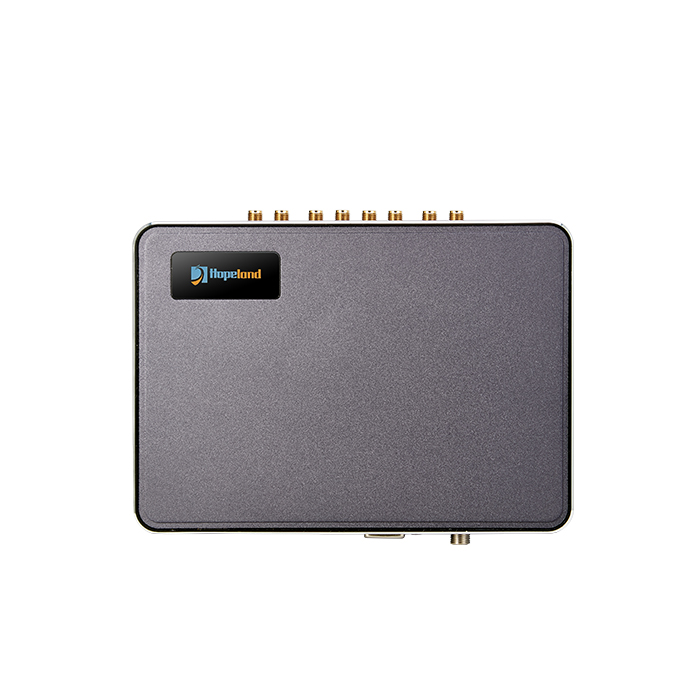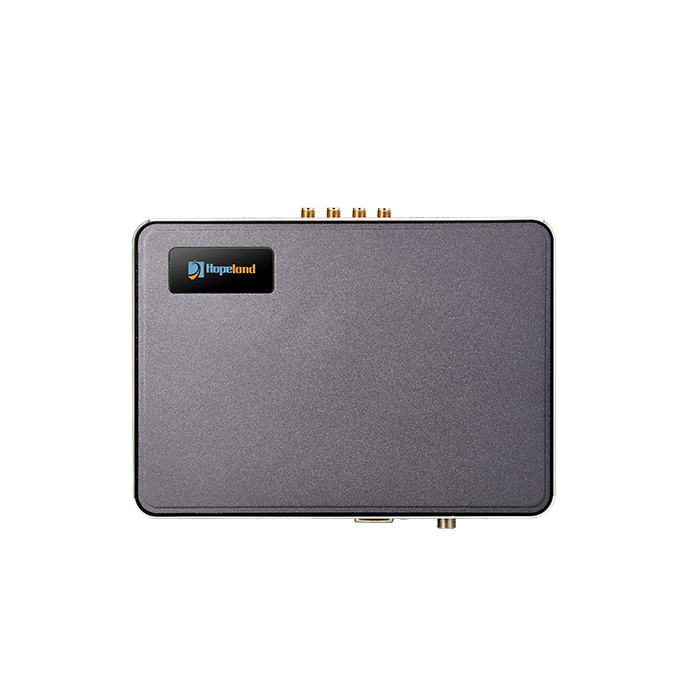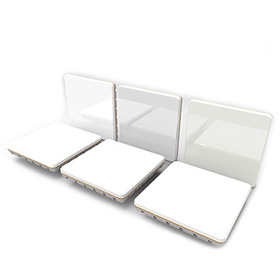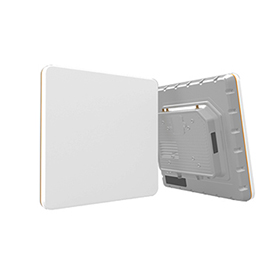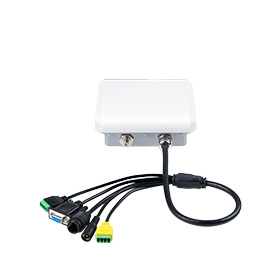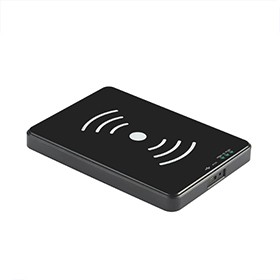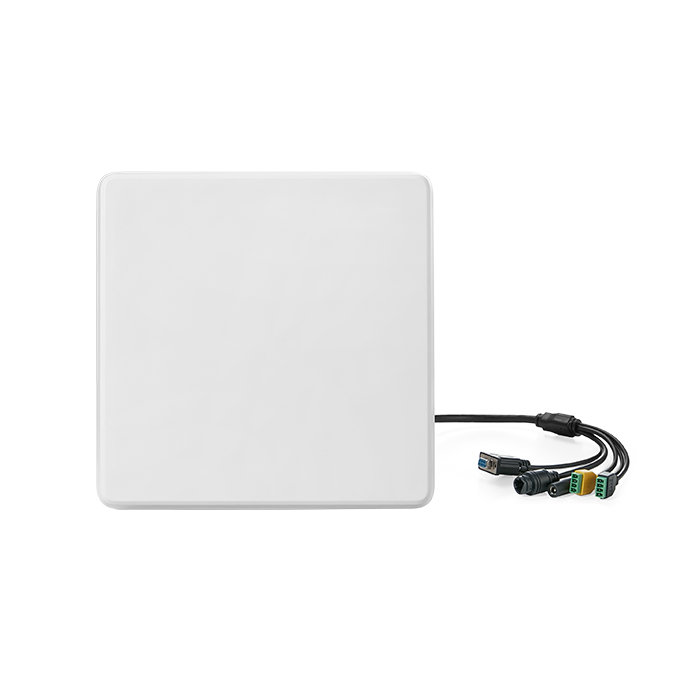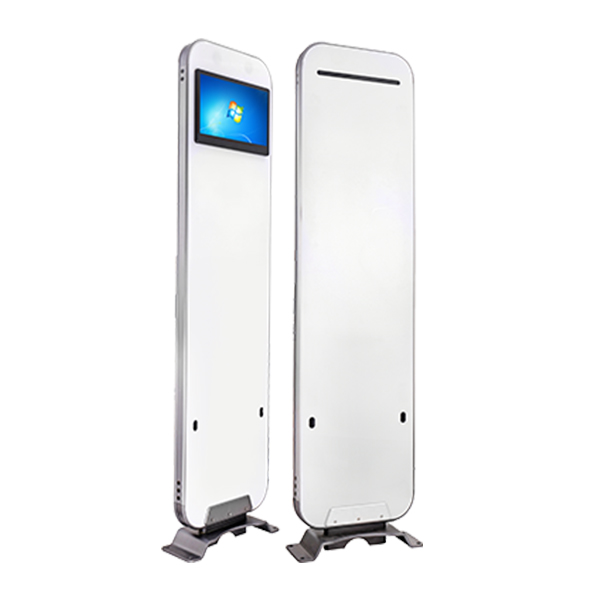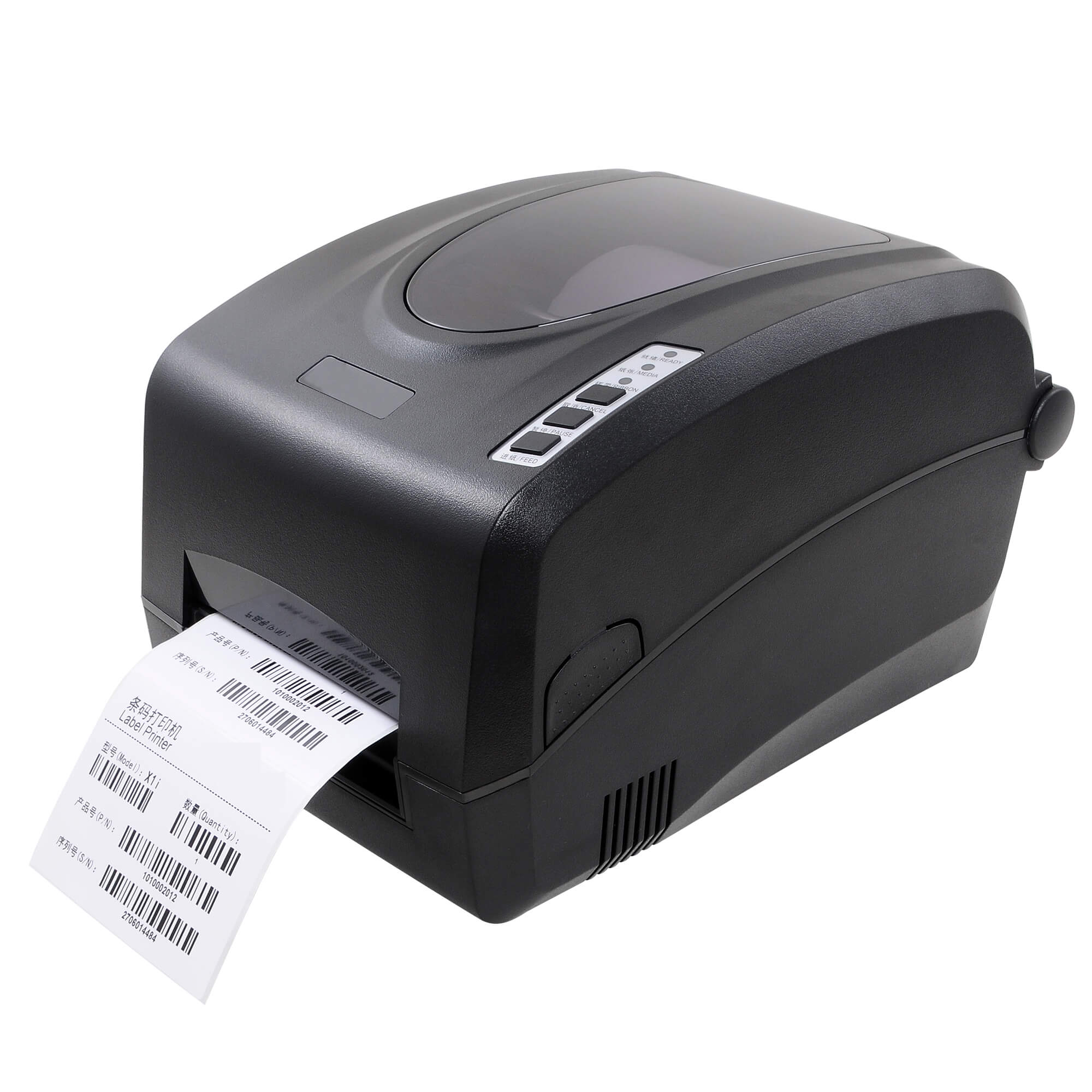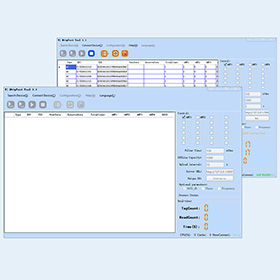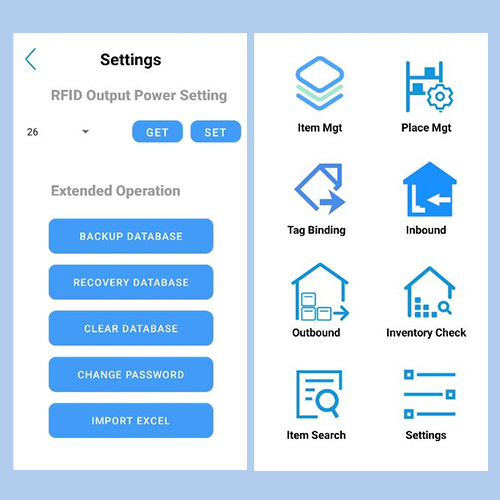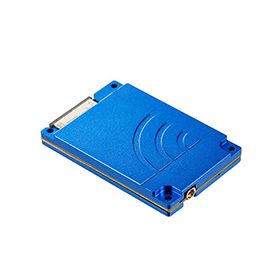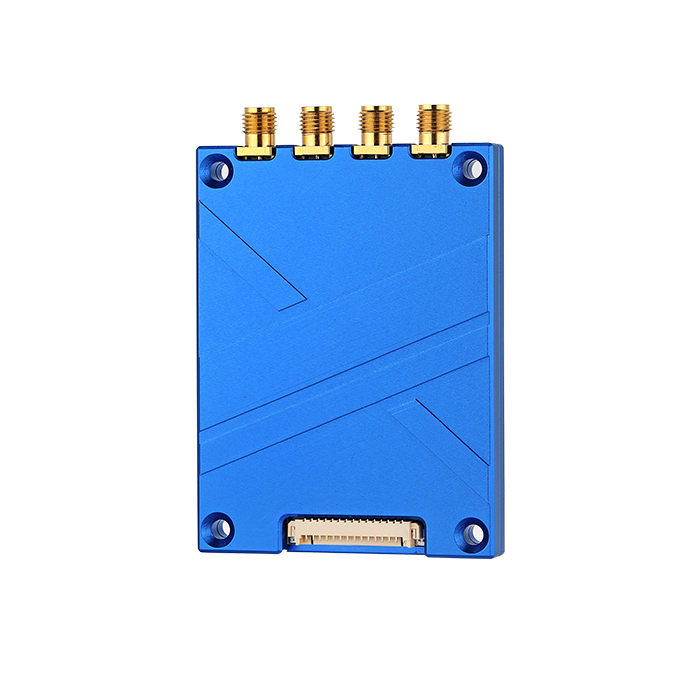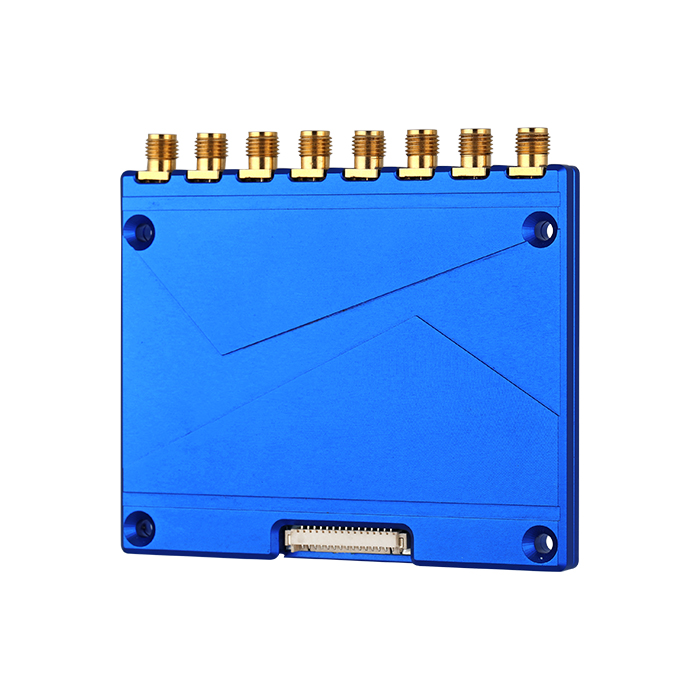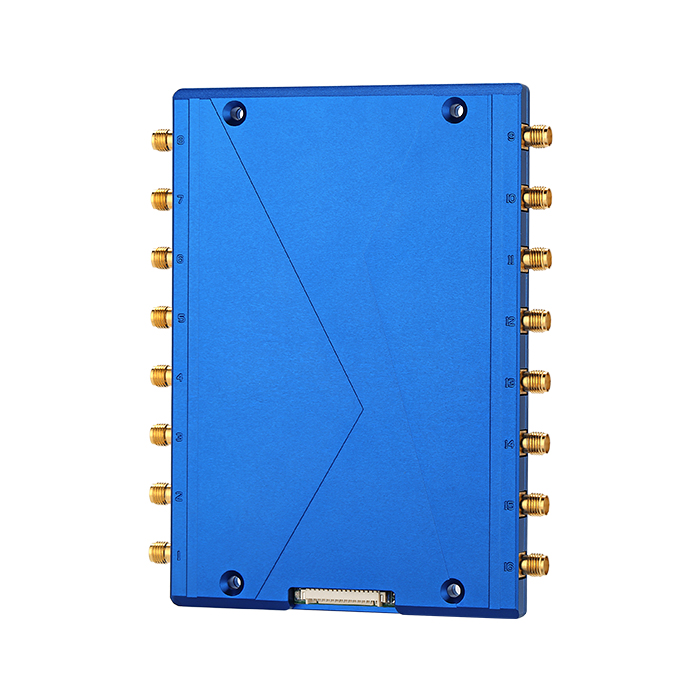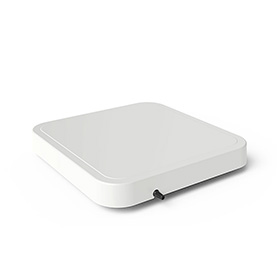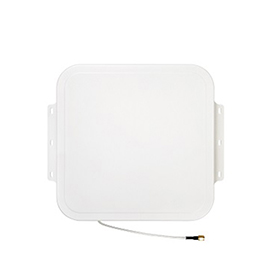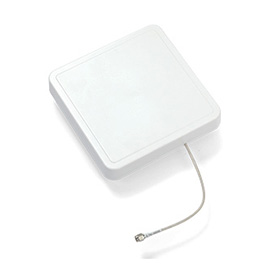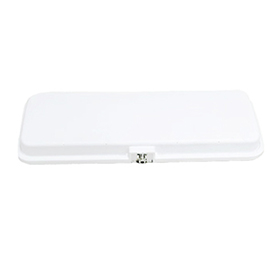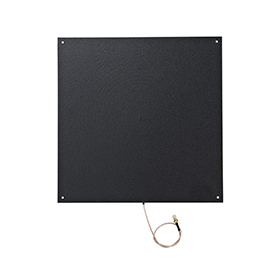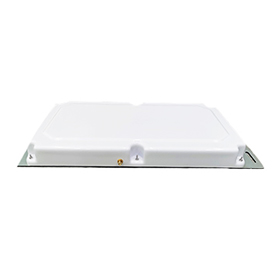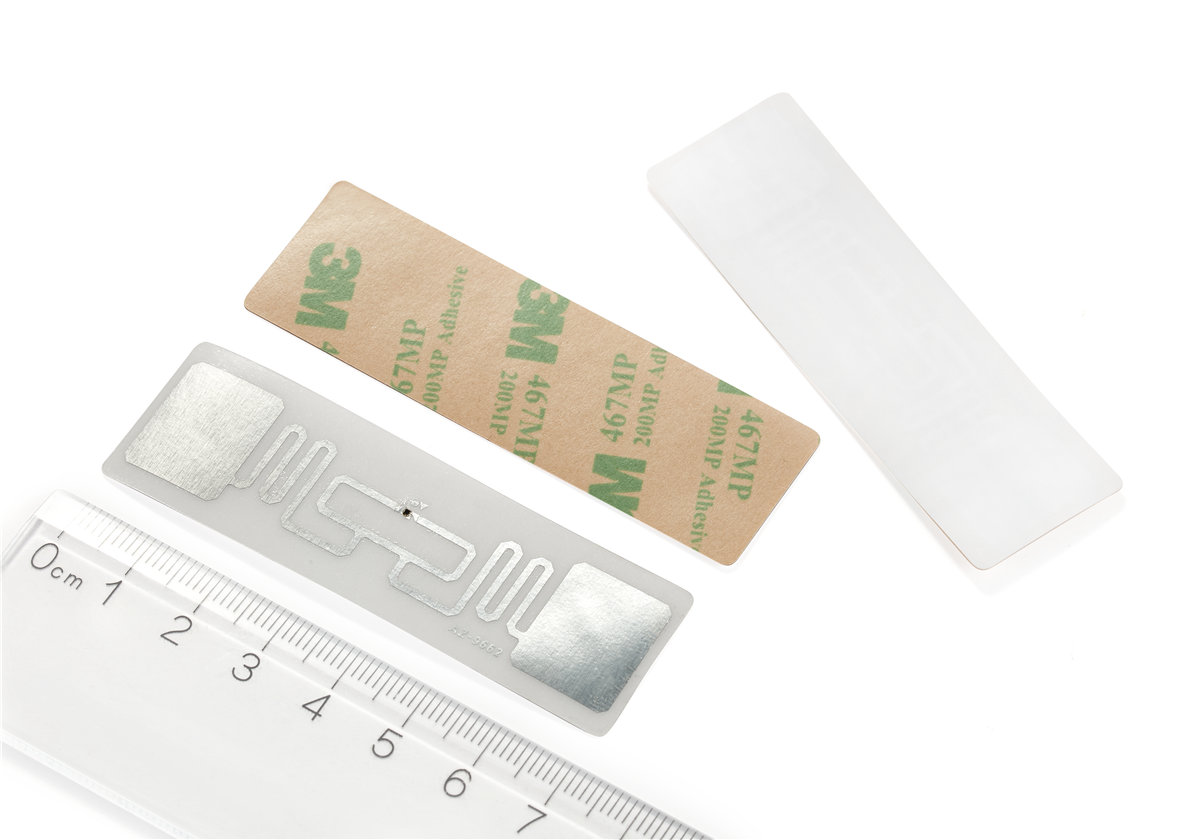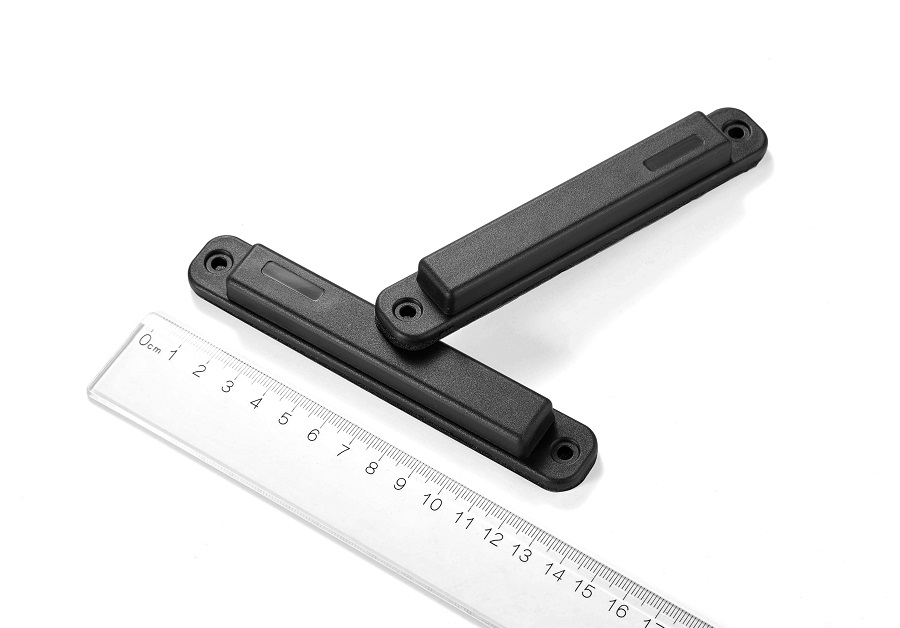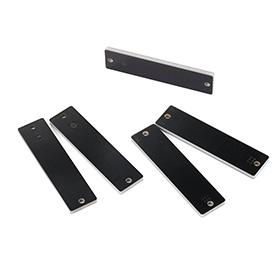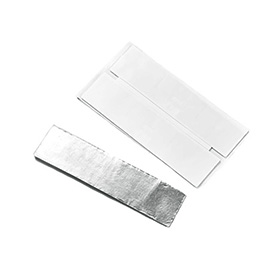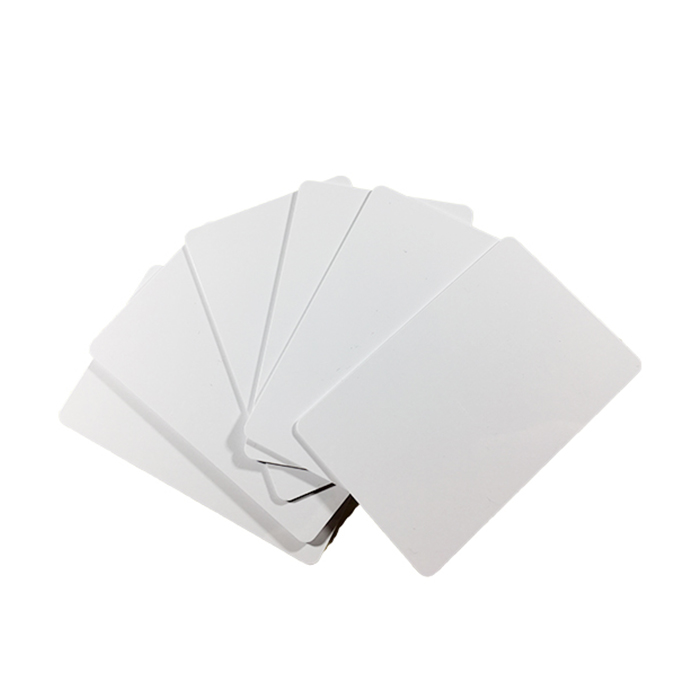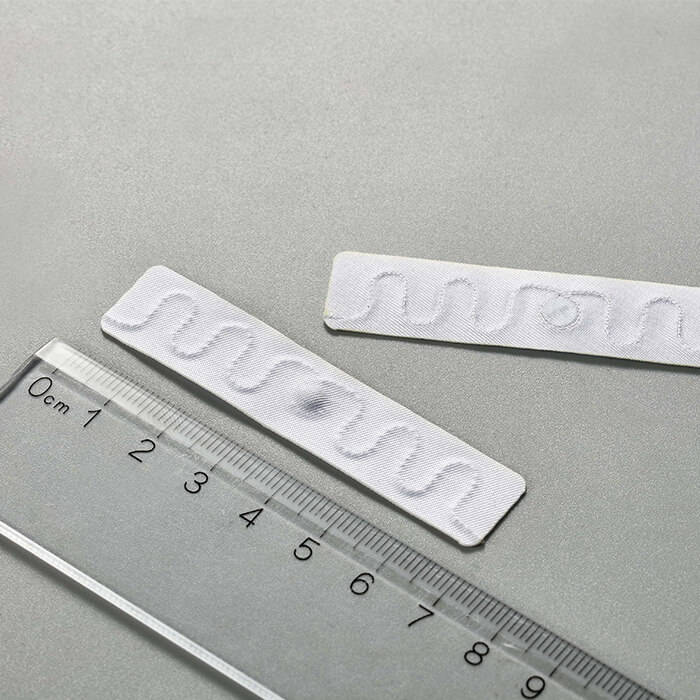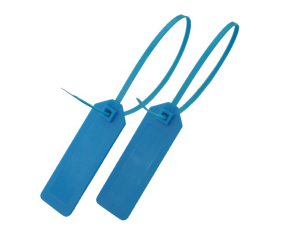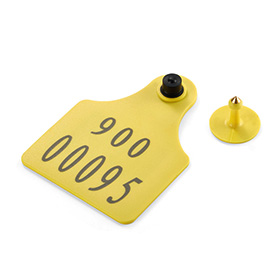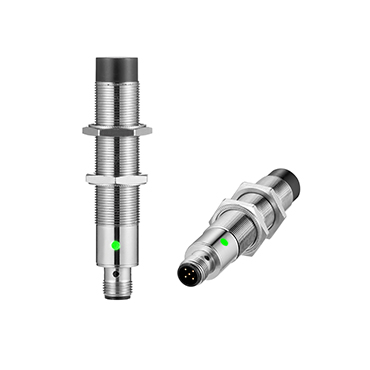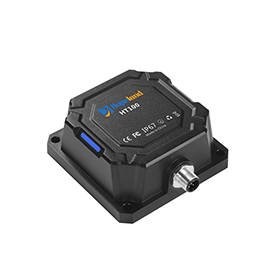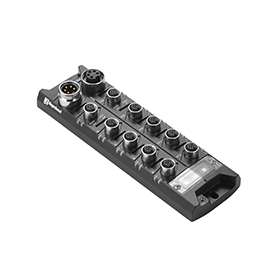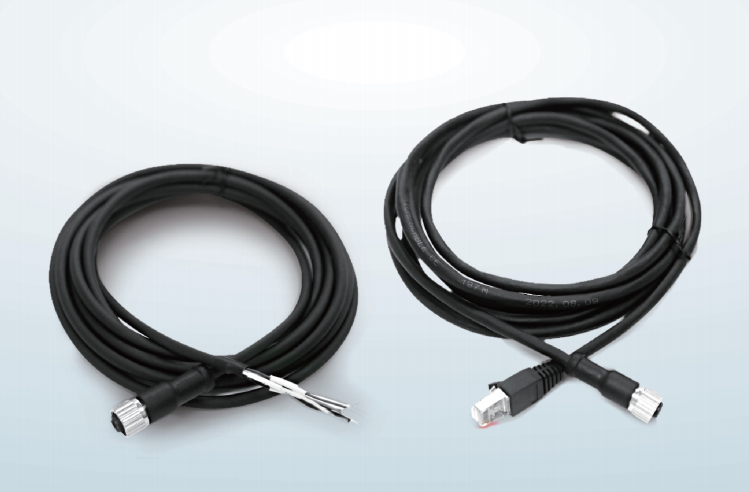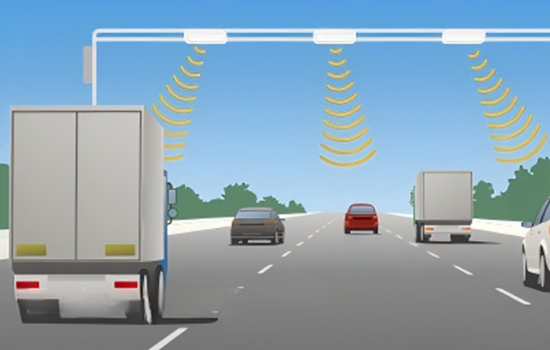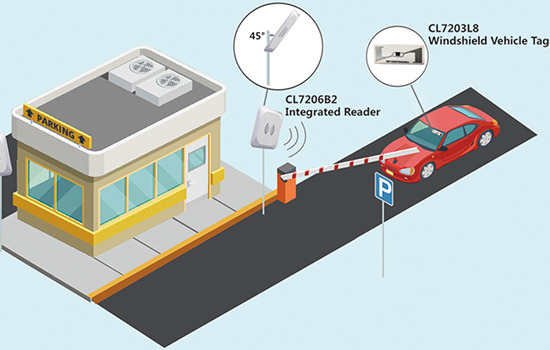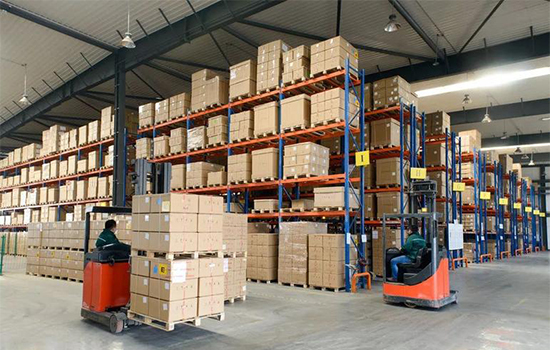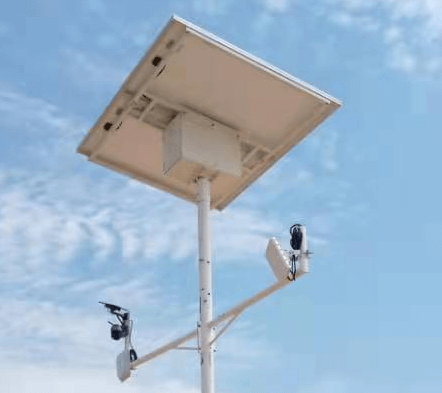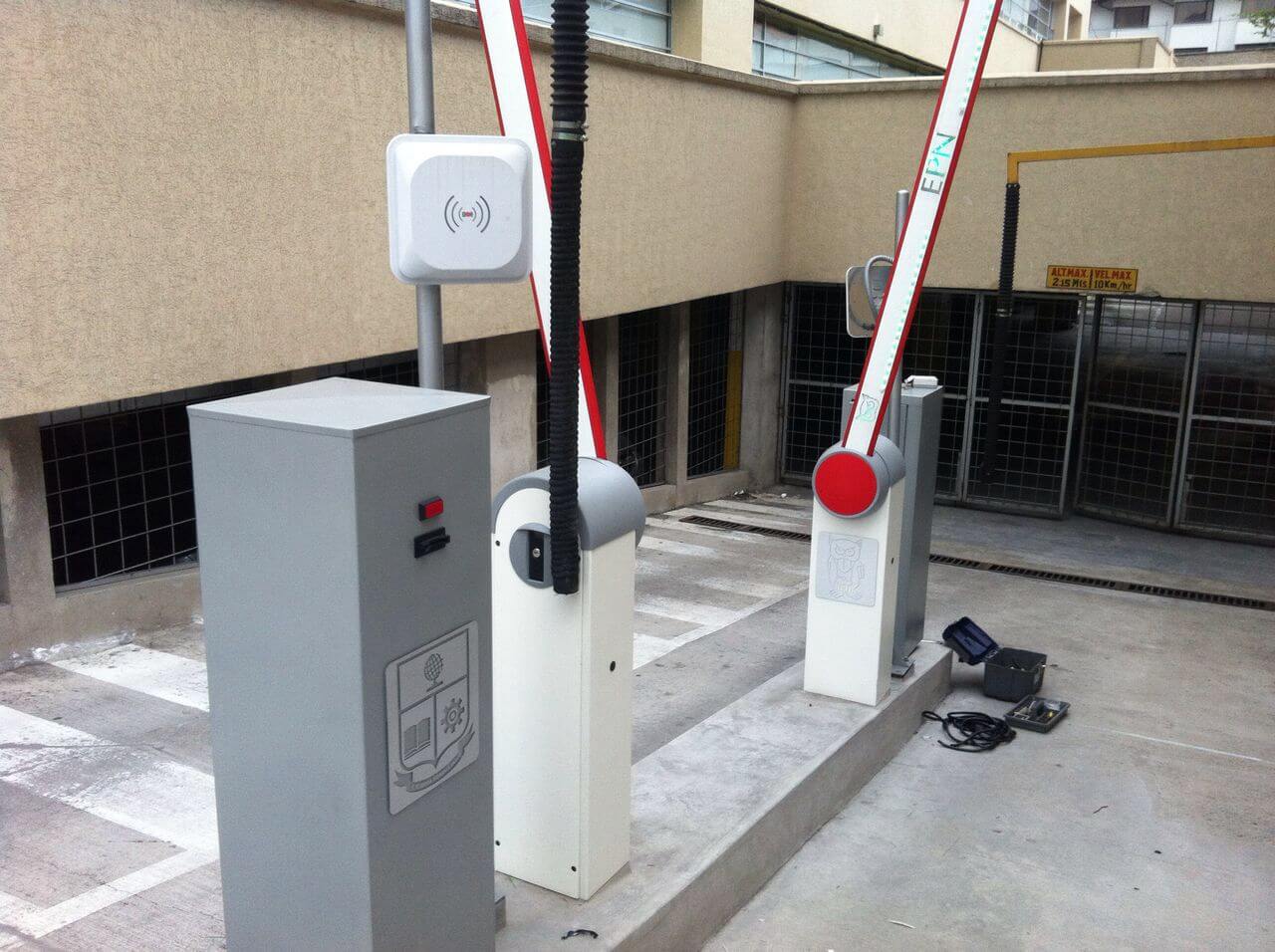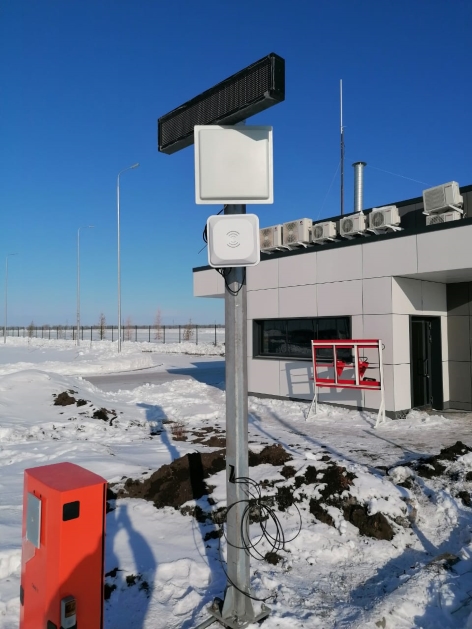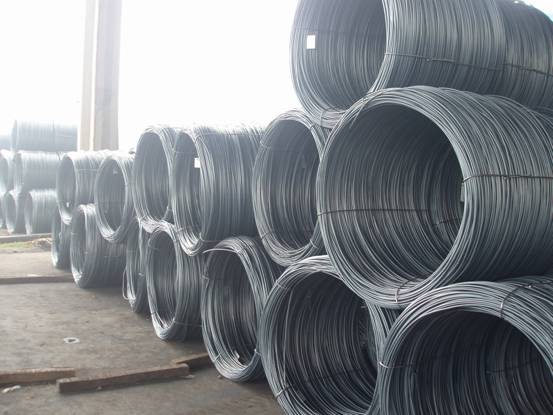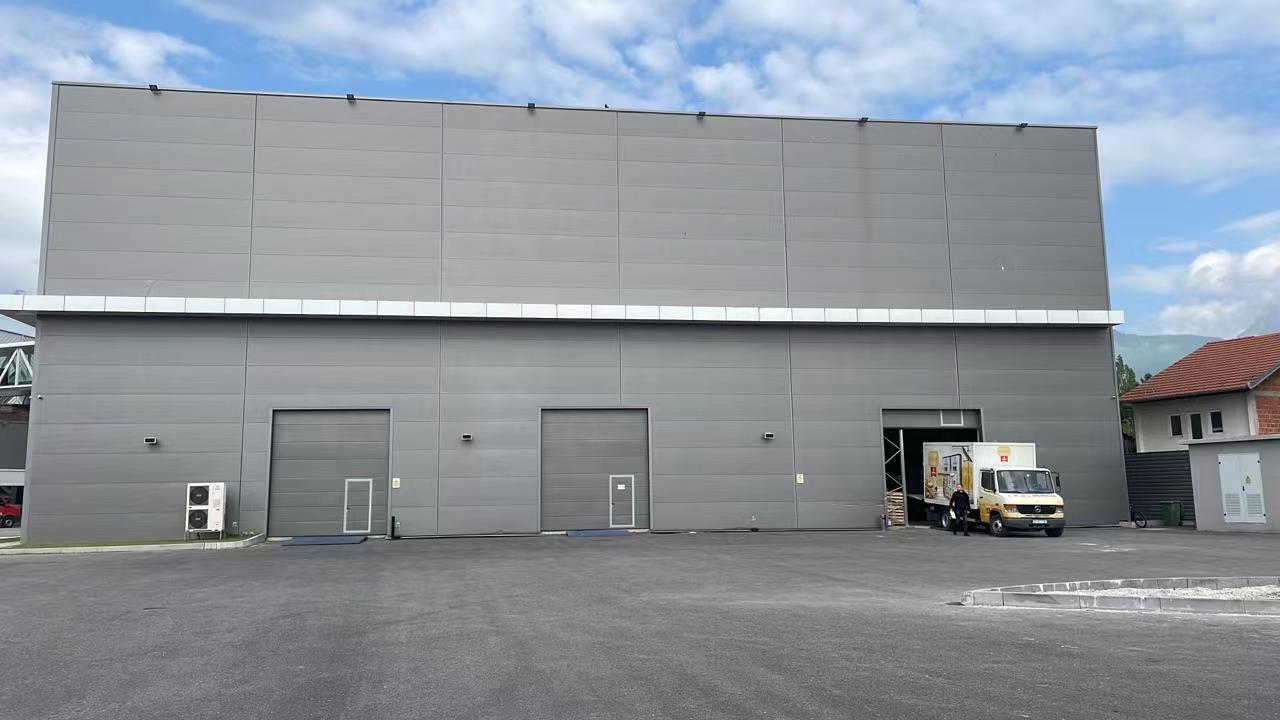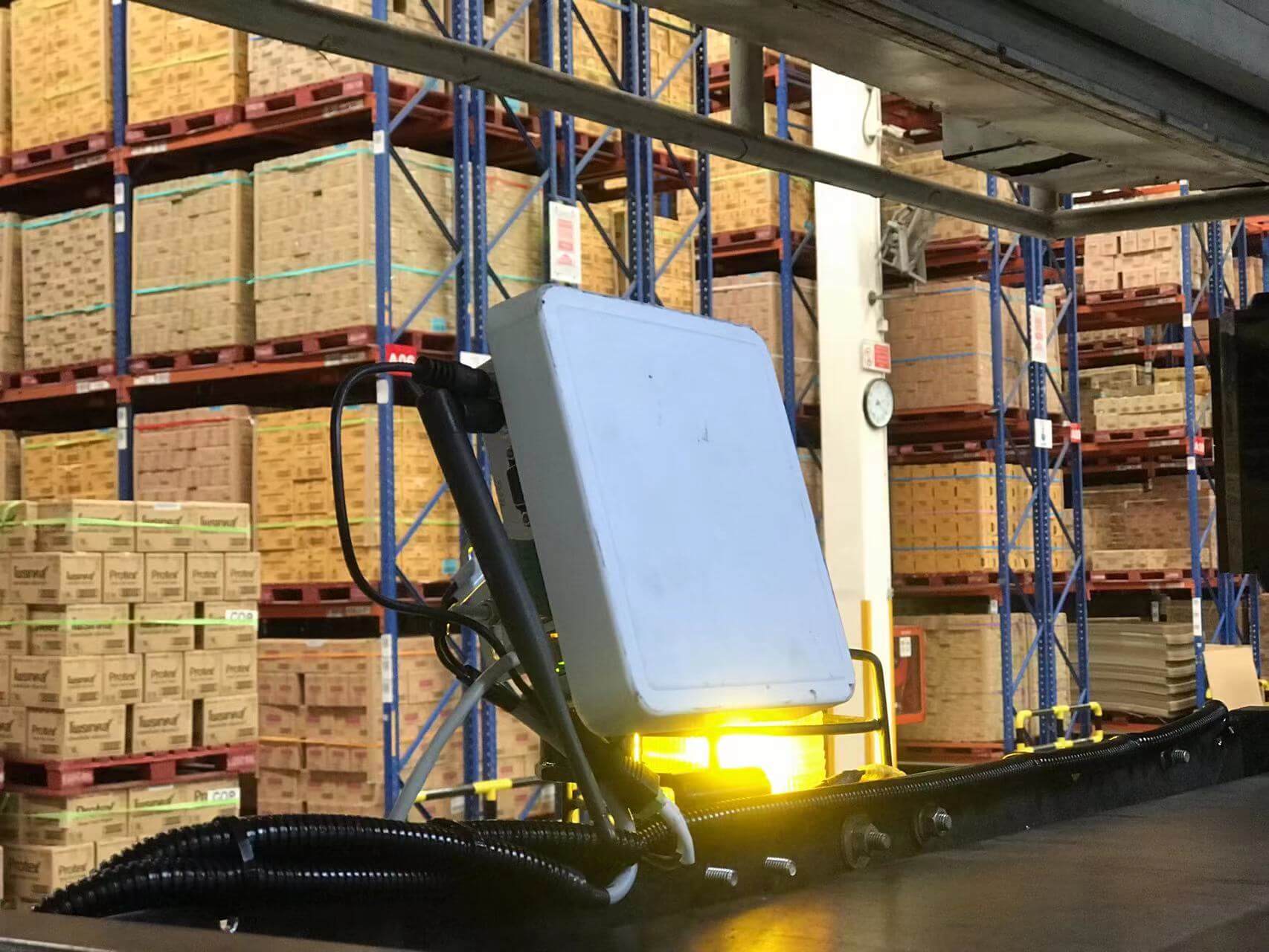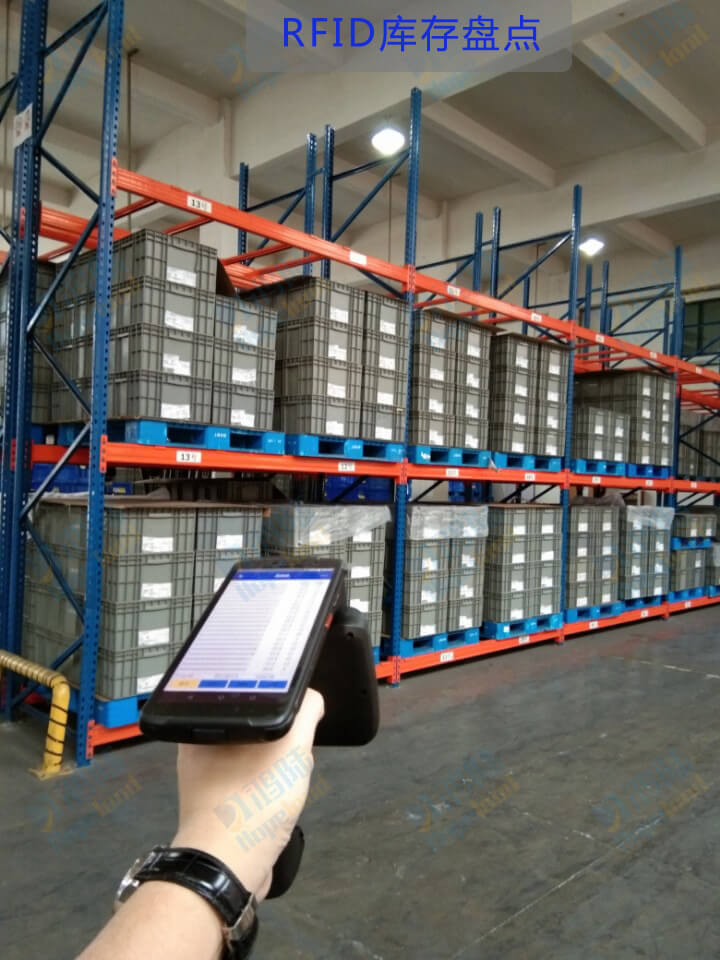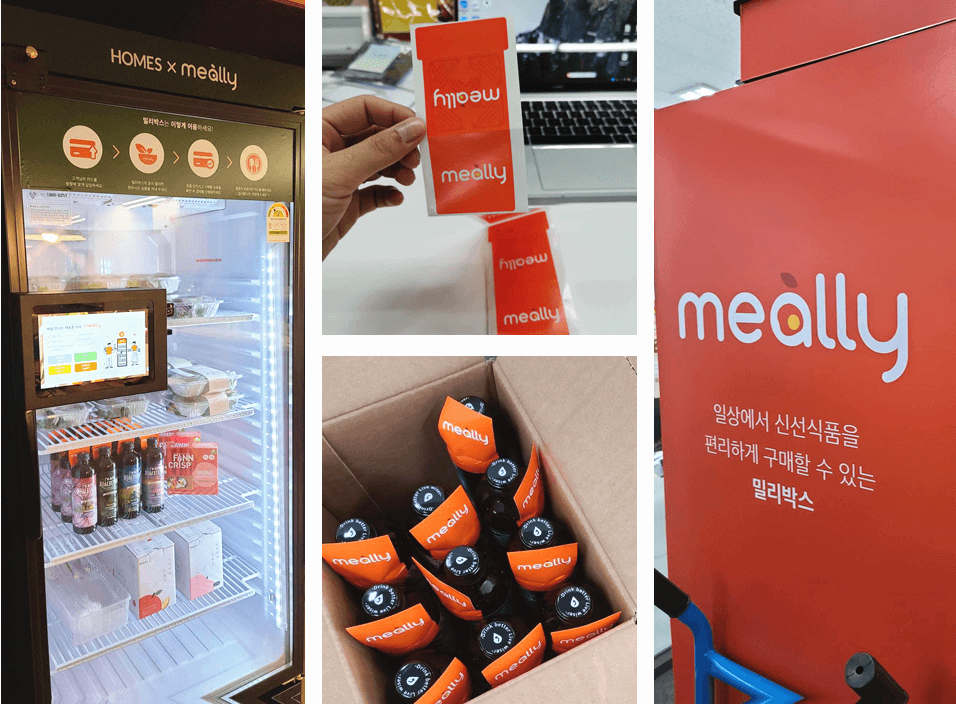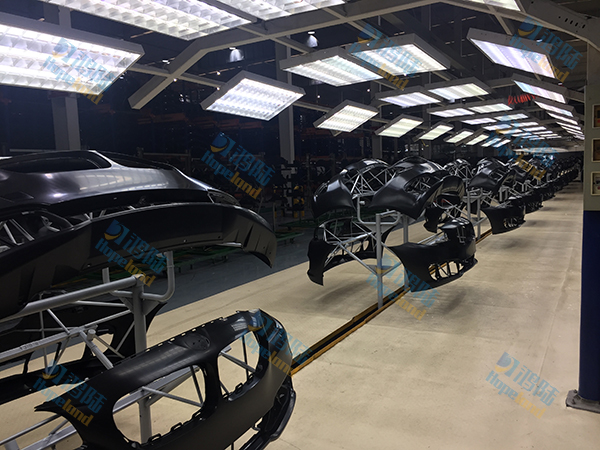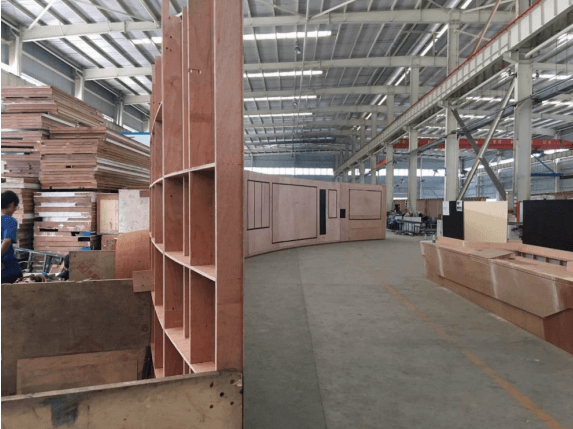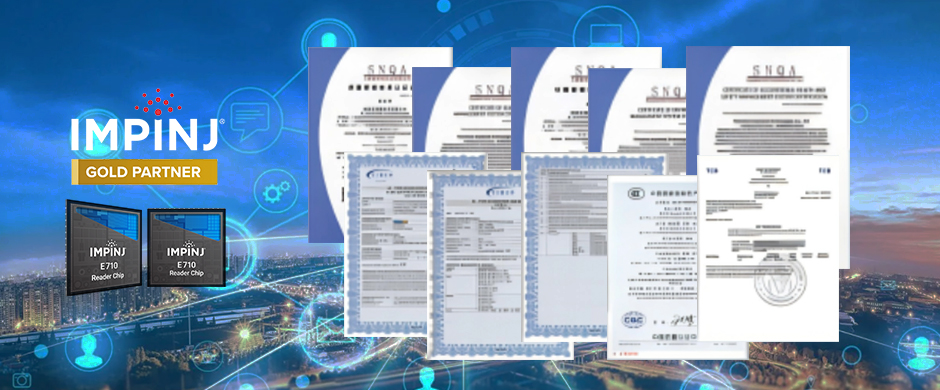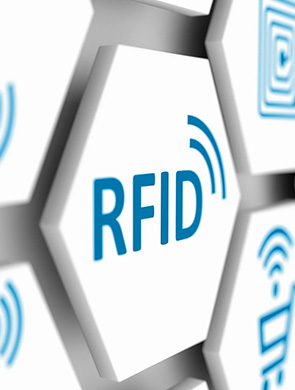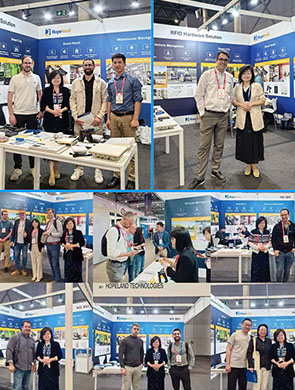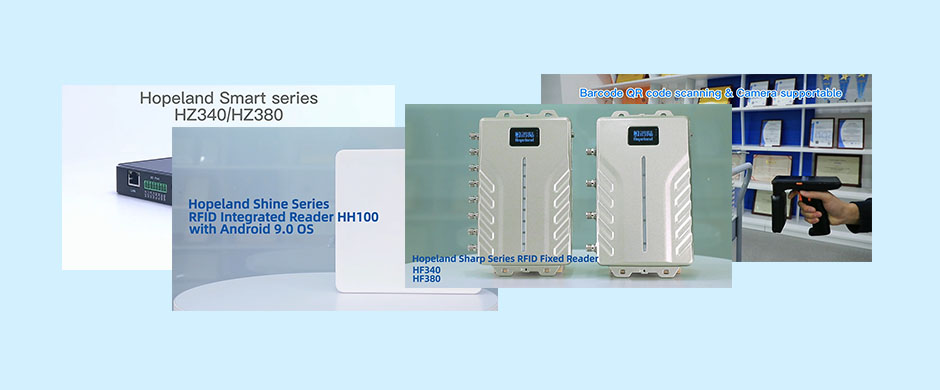
-
 Alien H9
Alien H9 -
 Applications: Outdoor / Indoor Metallic Equipments Management, Power Cable, Assets, Tool management
Applications: Outdoor / Indoor Metallic Equipments Management, Power Cable, Assets, Tool management

Anti-metal interference: Through special antenna design and shielding layer, the problem of metal absorption/reflection of RFID signals is overcome, and stable reading can be achieved on the metal surface.
The reading performance is very stable: the long-distance reading ability is not affected by metal, and the effective distance can reach 1-5 meters. It supports batch rapid recognition (ten tags at a time).
The material is excellent and adaptable to various environments: it is often packaged with sturdy materials such as ceramics and ABS, and has characteristics such as waterproof, dustproof, anti drop, high and low temperature resistance (-40 ℃~85 ℃), and oil resistance, making it suitable for harsh environments.
Flexible installation: supports multiple methods such as pasting, screw fixation, and bundling, and can adapt to flat and curved metal objects without affecting label performance.
Long term reusability: Data can be read and written repeatedly, with a lifespan of up to 3-5 years, suitable for long-term tracking scenarios such as fixed assets and equipment, reducing long-term usage costs.

Anti-metal interference: Through special antenna design and shielding layer, the problem of metal absorption/reflection of RFID signals is overcome, and stable reading can be achieved on the metal surface.
The reading performance is very stable: the long-distance reading ability is not affected by metal, and the effective distance can reach 1-5 meters. It supports batch rapid recognition (ten tags at a time).
The material is excellent and adaptable to various environments: it is often packaged with sturdy materials such as ceramics and ABS, and has characteristics such as waterproof, dustproof, anti drop, high and low temperature resistance (-40 ℃~85 ℃), and oil resistance, making it suitable for harsh environments.
Flexible installation: supports multiple methods such as pasting, screw fixation, and bundling, and can adapt to flat and curved metal objects without affecting label performance.
Long term reusability: Data can be read and written repeatedly, with a lifespan of up to 3-5 years, suitable for long-term tracking scenarios such as fixed assets and equipment, reducing long-term usage costs.
-
Performance Parameter
Frequency: FCC: 902MHz~928MHz ETSI: 865-868MHz Protocol: ISO/IEC 18000-6C Chip: Alien H9 Reading range: 5m EPC area: 96bits User area: 512bits TID area: 64bits -
Physical Parameter
Size: 135mm x 22mm x 12.5mm Housing Material: ABS Weight: 25g/pc Package: 500pcs/box Installing: stregthened glue or by screw -
Enviromental Parameter
Working Temperature: -40℃~85℃ Storge Temperature: -45℃~100℃ Relative Humidity: 5%~95% RH non-condensing
-
HL7202K8Bluetooth UHF Handheld ReaderHL7202K8 Bluetooth Handheld Reader Support Bluetooth V4.2/2.1+EDR,Exquisite Appearance, High Protection Level, Comfortable And Simple Operation, Easy To Carry, High Flexibility, Suitable To Use In Various EnvironmentDetails
-
CL7203E-9525RFID PCB Anti-Metal Tag for Asset ManagementAnti-metal RFID sticker/label, suitable for metal surface, long reading distance & multiple reading:Assets management, documents management,
equipment managementDetails -
CL7203L8LRFID Tag Sticker for Vehicle LightRFID sticker/label fragile, especially designed for vehicle windshield, applications: ITS( Intelligent Transportation System), ETC(Electronic Toll Collection), vehicle management, parking management.Details
-
CL7203H-TieRFID UHF Tie TagRFID UHF Tie Tag with Long Reading Distance,Waterproof and Easy CarryingDetails


